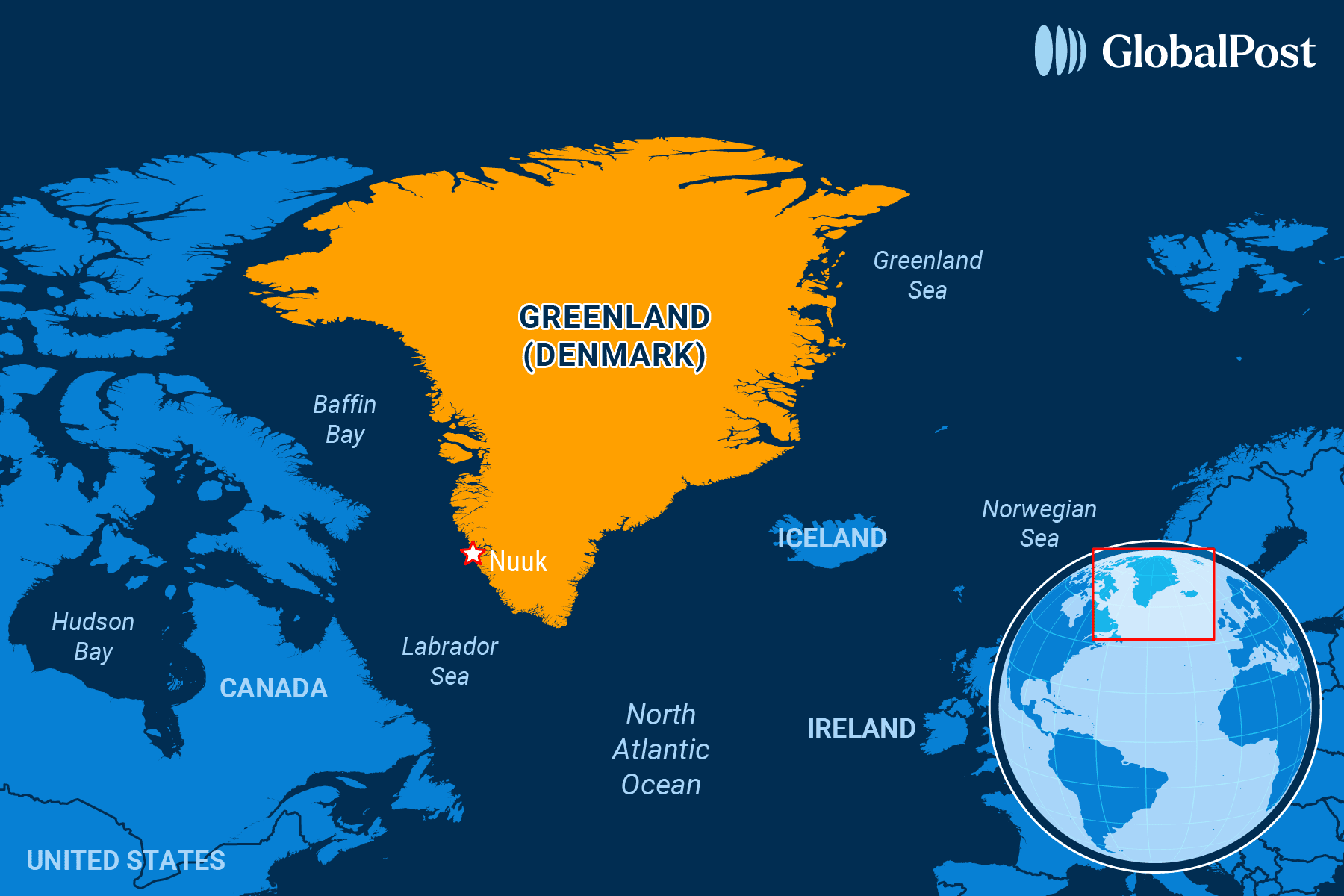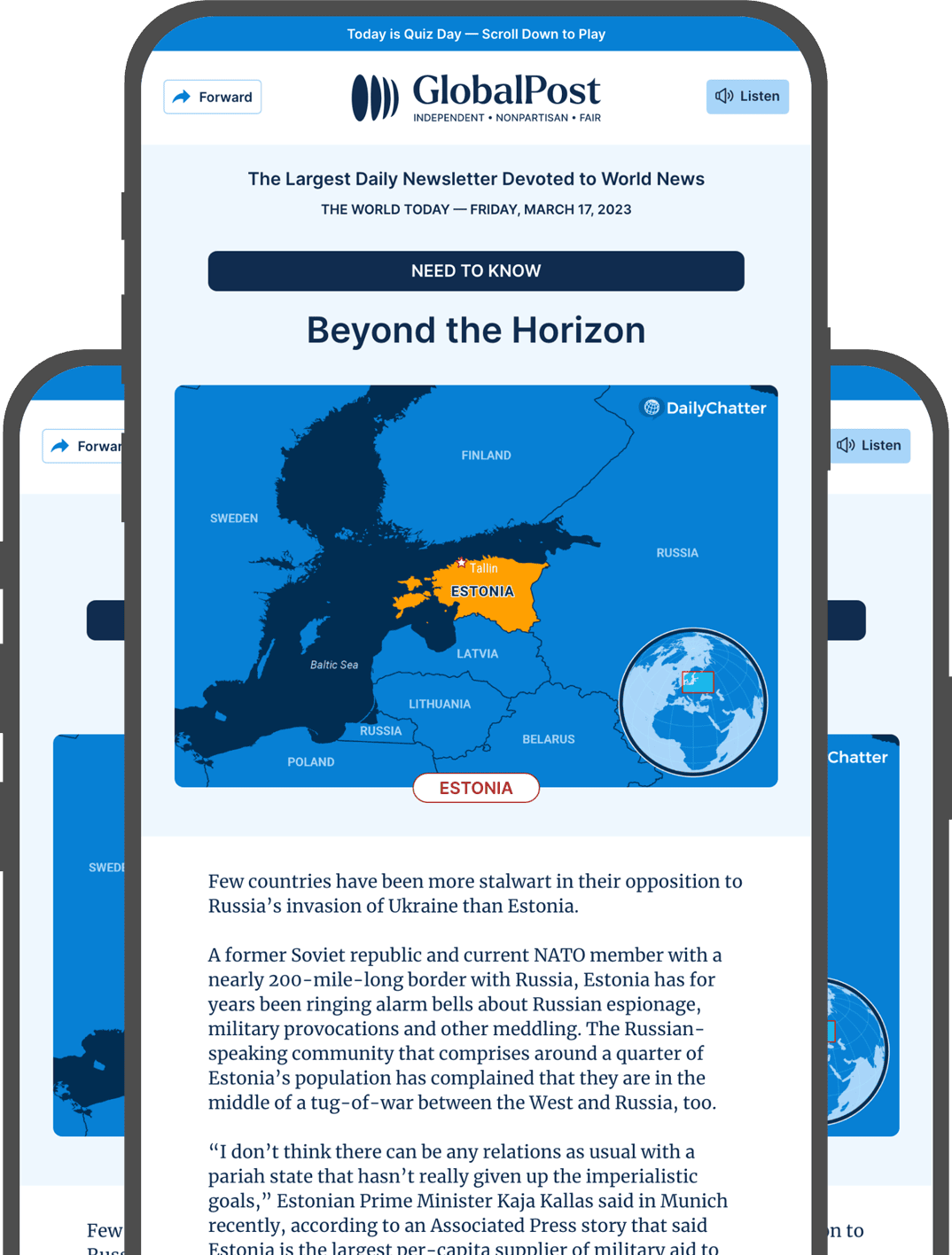Quadrant Chess

Last week, Denmark’s King Frederik X unveiled a new royal coat of arms that gave its self-governing territories of Greenland and the Faroe Islands a more prominent place – each now have their own quadrant on the shield.
It was the first change to the royal coat of arms in more than 50 years. It also follows a renewed push by US President-elect Donald Trump to acquire Greenland.
The timing, say Danish officials, is coincidental. Even so, the change, which removed the crowns that represented a now-defunct union between Denmark, Sweden, and Norway on one quadrant, caused a sensation in the country.
The king said the move was to show how Denmark valued all parts of its commonwealth. But Danish royal expert, Lars Hovbakke Sørensen, told Danish broadcaster TV2 that the change was made to send a message to the world.
“It is important to signal from the Danish side that Greenland and the Faroe Islands are part of the Danish realm – and that this is not up for discussion,” he said.
But Trump says he wants that discussion.
“Greenland is an incredible place, and the people will benefit tremendously if, and when, it becomes part of our Nation,” Trump said recently. “We will protect it, and cherish it, from a very vicious outside World. MAKE GREENLAND GREAT AGAIN!”
His son, Donald Trump, Jr. also visited Greenland recently in what some called a pressure campaign.
As he gets set to take office later this month, Trump has been revisiting an idea he had initially floated during his first term. That initial push to buy Greenland set off Danish ire with Danish leaders dismissing the idea as “absurd.”
Now, however, the Danes are more worried – especially by the threats of economic and military coercion from a fellow NATO ally, wrote the Washington Post. This situation is becoming “a huge headache,” Mikkel Runge Olesen, senior researcher at the Danish Institute for International Studies, told the newspaper. The Europeans and also the Russians are also concerned.
Greenland, with a population of about 57,000 who are mainly Indigenous, is an Arctic island roughly three times the size of Texas. It has its own government but Denmark controls its foreign and security policy.
Greenland also hosts the US military, which is permanently stationed at Pituffik Space Base and is critical for its ballistic missile early-warning system. For years, the US has seen the island as strategically important and more recently has grown concerned as China’s military cooperation with Russia in the Arctic has grown: Over the past five years, the pair have been conducting regular joint air and marine patrols.
“I think that the Americans are quite concerned that Russia could actually launch or initiate a major attack against the United States, and that could be done from the Russian side,” Nordic Defense Analysis’ Jens Wenzel told Reuters.
At the same time, as ice melts in the Arctic, it is opening up the possibilities of new waterways that promise to heat up competition in shipping and mineral resources.
Meanwhile, Greenland isn’t too happy about being part of Denmark. In Greenlandic Prime Minister Múte Egede’s New Year address, he accused Denmark of genocide, referring to a practice of forced contraception of female Greenlanders from 1960-1991 that recently caused a scandal following an investigation by a Danish news outlet and a lawsuit by the victims against the Danish government. He also pushed for Greenland’s independence, calling for the “shackles of the colonial era” to be removed.
“Greenland belongs to the people of Greenland,” he said. “Our future and fight for independence is our business.”
Still, that’s the crux of the issue, one US defense official told CNN. US officials are worried that if Greenland were to become independent, the island could become more politically unstable – and more open to Russian and Chinese influence. It would also likely lose its NATO status.
“Denmark is a stalwart NATO ally, and so long as Greenland remains part of the Kingdom of Denmark, as it is now, and part of NATO, then we’re not less secure in that situation,” the official told the broadcaster, adding that the US-Greenland relationship becomes more “ambiguous” if Greenland becomes independent.
The Danes, meanwhile, have decided to sweeten the pot for Greenland. They recently gave Greenland $1.5 billion for defense in addition to a $511 million annual block grant.
“We are all united …,” the king said. “From the Danish minority in South Schleswig (in Germany) … and all the way to Greenland. We belong together.”
Still, Pipaluk Lynge, a lawmaker from Greenland’s largest party and chair of the parliamentary foreign and security policy committee, told Politico that Greenland wants “our own independence and democracy,” not to be beholden to the US.
“We know how they treat the Inuit in Alaska,” Lynge said. “Make that great before trying to invade us.”

Subscribe today and GlobalPost will be in your inbox the next weekday morning
Join us today and pay only $46 for an annual subscription, or less than $4 a month for our unique insights into crucial developments on the world stage. It’s by far the best investment you can make to expand your knowledge of the world.
And you get a free two-week trial with no obligation to continue.
